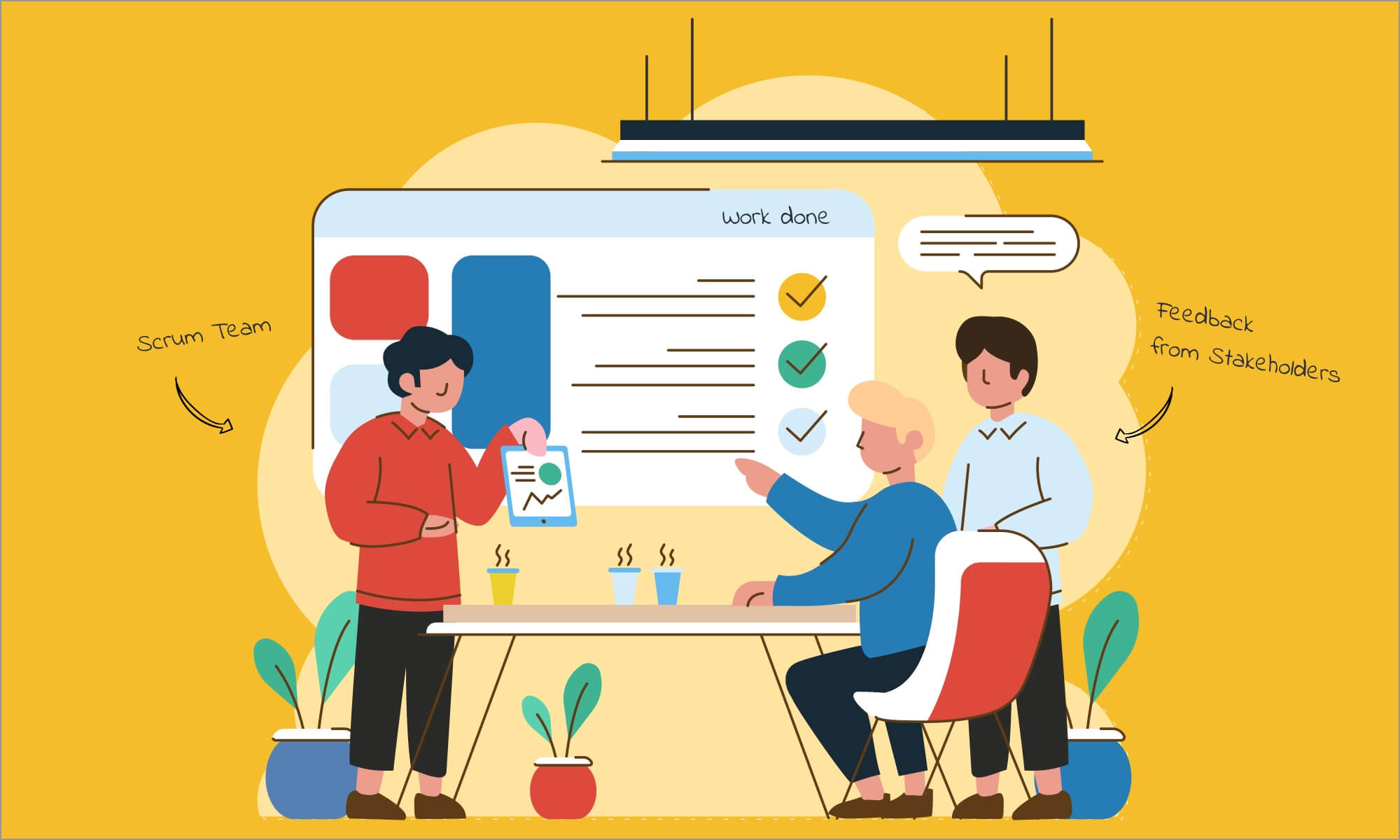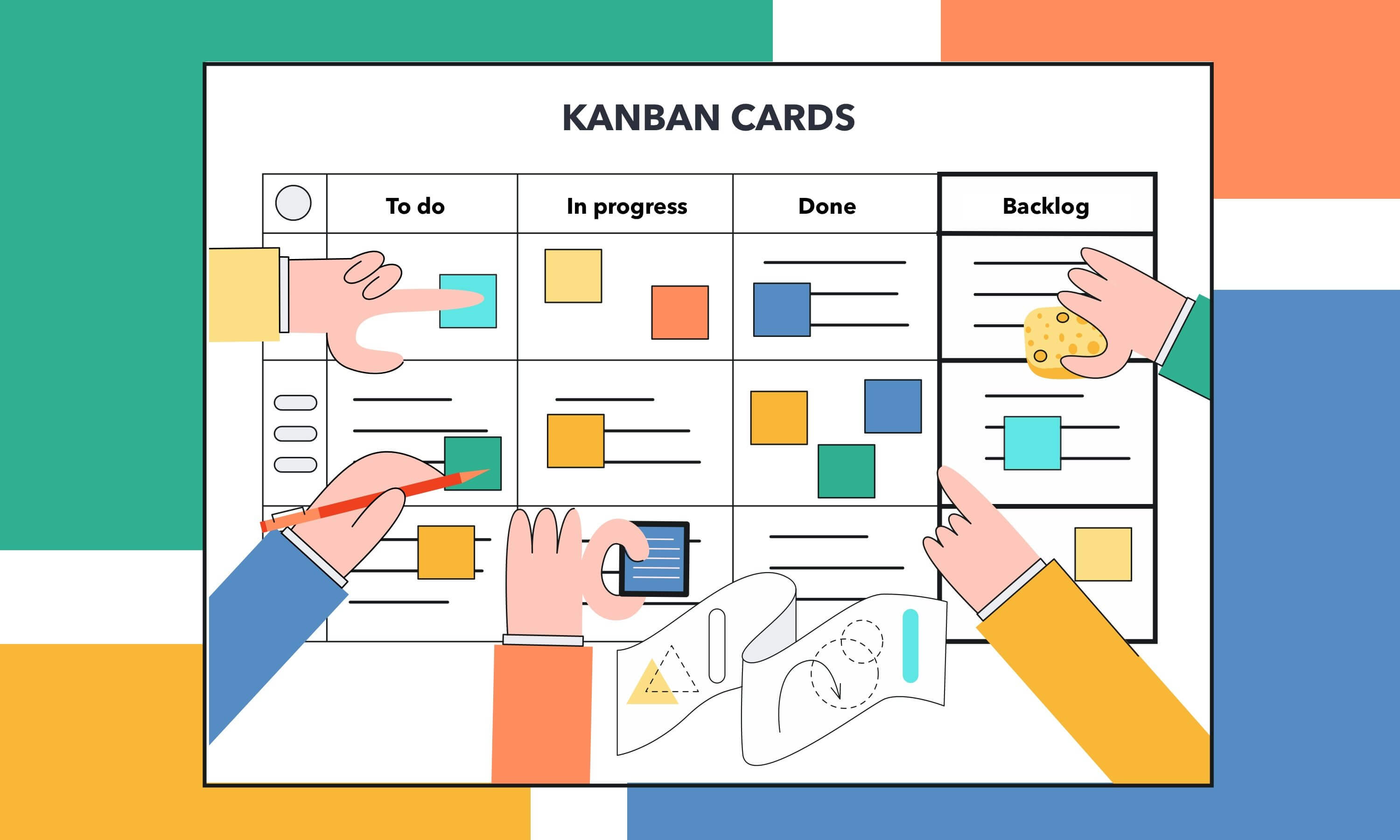The Art of Product Backlog Prioritization: 3 Easy Tips to Follow Now

The agile methodology has rules and procedures to be followed, and the product backlog is a tool that contains all software items that should be developed. The product owner, the scrum master and the entire team, including the stakeholders, will get together for a sprint meeting to decide what will be put in the backlog. This decision is definitely not an easy one because the project success depends on it, as well as money spending.
The product backlog prioritization defines what your priorities will be, and it can help you a lot.
Decision factors
Many project management experts agree that there are 3 important aspects that define the business capabilities: processes, priorities, and resources.
- Processes define the methods you can apply to solve client’s problems – how your team members cooperate to make the resources valuable.
- Priorities define the reasons you decided to solve some problems and not others. The priorities will define your values as a business and your position and rating in a broader environment.
- Resources are means that you use to accomplish the work (people, materials, equipment, money, IT tools, facilities, etc.)
So, the backlog has to be more than just a list. Your backlog should answer several “why” questions: your purpose as a team, the reason why you are developing the particular project and the items that will be developed first, etc.
Most people don’t find explaining the reasons an enjoyable duty. So when you define the backlog, it should not be allocated only to the analytical part of your organization. It is not only a tool for defining the schedule. It is a lot more than that.
Advantages of the product backlog
The backlog should connect processes with priorities defining what steps you have to accomplish during the product development (and in each iteration). Resources will support the working process, and you can increase/lower them, as the client’s requirements are constantly changing. The agile process is a good, pre-defined way to manage the unclear world of resources, including the size of your team and the duties of the people involved.
So, the backlog is an important tool for the entire process, but its usefulness is especially visible in the decisions of what to do next and why. The backlog defines your goals and it appears in a very simple form – as an agenda list.
Make your backlog practical
1. Assign the level of priority to every task: high/medium/low or important & now/important & later /unimportant, etc.
2. If a task must be done sooner, make it more detailed. For example, you want to add a blog to your site. Instead of writing it down as “add a blog to the site”, make several tasks like “build the interface”, “build a blog post model”, etc.
3. Look at and re-prioritize your backlog regularly.
You have to ensure that your backlog contains all the items that are necessary to fulfill the business requirements. In many cases, it does not. You should not allow your backlog devolve into a series of impractical items. It would be easy if you maintain the backlog continuously (at all meetings). It will always be easy to accomplish the tasks listed if they are put in a proper way and order.



